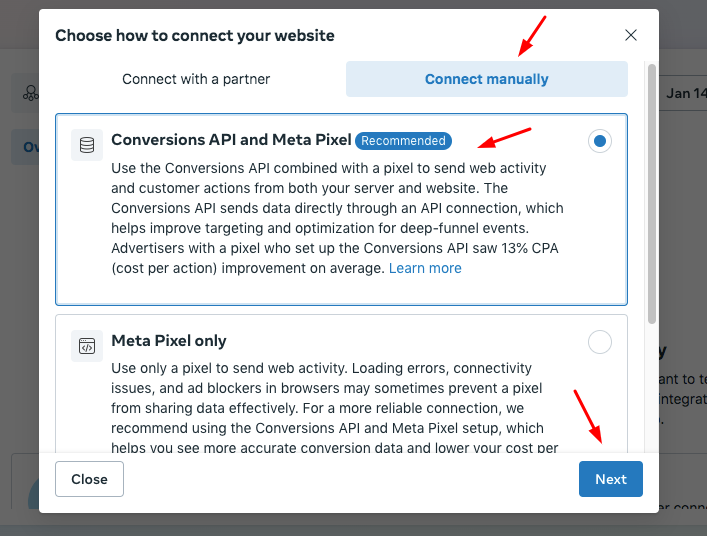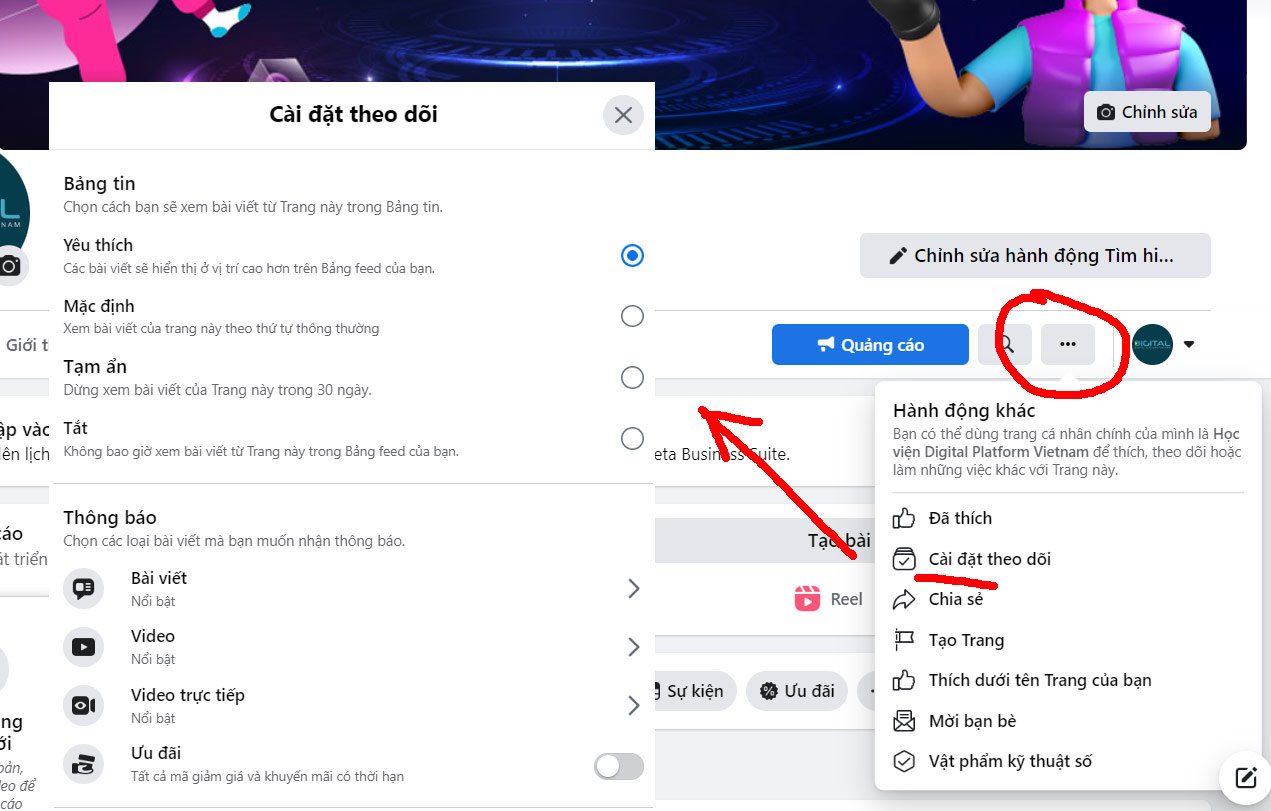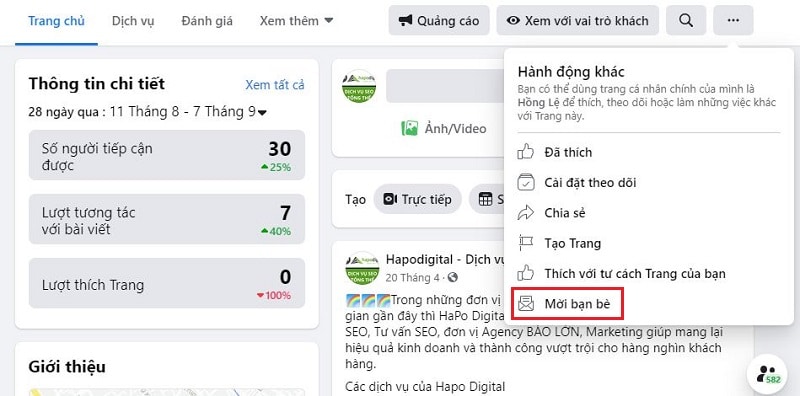Post map
ToggleIn an increasingly competitive digital marketing landscape, accurately measuring advertising effectiveness has become a vital factor. For advertisers using the Facebook platform and Meta products, the Conversions API is considered an important data optimization tool. A core component that determines the power of this API is the Meta Conversions API parameter. SOC LUA will analyze the concept, role, implementation and optimization strategy of conversion API parameters to help businesses achieve the highest performance through the following article.
What Are Meta Conversion API Params?

Meta conversion API params are a set of data that businesses send from their own systems—such as websites, applications, CRM, or servers—directly to Meta’s servers. The purpose of transmitting this data is to track, measure, and optimize user actions that occur outside the Facebook platform.
Furthermore, API sends data directly from the server. This significantly reduces data loss when users block cookies or use browsers with strong privacy protection features.
Importance of Meta Conversion API Params
These parameters provide detailed data on user behavior, transactions, and key elements of conversion events. Through this data, Meta’s advertising system can identify customer actions such as purchases, form submissions, or account registrations. Additional information—such as order value, payment status, and hashed user identifiers—ensures privacy while enabling more precise tracking.
When data is complete and accurate, the system can analyze customer behavior more effectively and deliver ads intelligently to maximize conversion rates.
Key Types of Meta Conversion API Params
There are two primary groups of parameters in the Conversions API: required parameters and optional parameters. Understanding and implementing both correctly is essential for efficient data collection and campaign optimization.
Required Parameters
Required parameters are the minimum data needed for Meta to record and recognize an event. Businesses must provide information such as the event name—e.g., Purchase, Lead, or Add to Cart—so the system can identify what action occurred. Event time, typically in UNIX timestamp format, is necessary for data consistency. Hashed user data, such as email or phone number, is also required to identify customers while protecting their privacy.
Optional Parameters
In addition to required parameters, Meta recommends sending optional parameters to improve data accuracy. These may include transaction value and currency to measure revenue, as well as product IDs, names, and categories for e-commerce campaigns. The source of the action—whether from a website, app, or online store—can also help Meta determine which channel delivers the best results.
The more detailed the data, the more effectively Meta’s machine learning system can analyze and deliver ads to the right audience.
How to Implement Meta Conversion API Params Effectively

Implementing Meta conversion API params requires more than just placing a snippet of code; it involves proper data synchronization and regular checks to maintain accuracy.
Choosing an Integration Method
Businesses can integrate the API in two main ways. The first is manual integration, where developers use API documentation to establish connections and send data directly from the server via POST requests. This method is ideal for businesses with strong technical teams.
The second is through Meta’s integration partners, such as Shopify, WooCommerce, WordPress, or Google Tag Manager, which allow quick setup without complex coding.
Synchronizing Data Between Pixel and Conversions API
Using both the Pixel and Conversions API simultaneously ensures more complete and accurate data. While the Pixel collects information from browsers, the API collects data from servers. Combining the two allows Meta to remove duplicate data and reduce information loss caused by cookie restrictions.
Testing and Verifying Data
Once the setup is complete, businesses should check whether parameters are being sent in the correct format. Meta provides the Test Events Tool to monitor events in real-time, helping detect issues early and maintain data accuracy.
Optimizing Meta Conversion API Params to Improve Conversion Rates
Optimization goes beyond initial setup. Continuous refinement of parameters plays a key role in improving ad performance.
Adding Detailed Data for Each Event
The more information provided for each event, the better Meta’s system can analyze and target ads. For example, in a purchase event, businesses can include additional details such as discount codes, payment methods, or product categories to enhance optimization.
Ensuring Data Accuracy and Consistency
Data must be synchronized in real-time and free of duplicates. If an event is sent multiple times or lacks critical details, the system’s ability to optimize campaigns will be compromised.
Complying with Privacy Policies
Meta requires that all personally identifiable information be hashed before transmission. Adhering to this policy not only ensures customer data security but also prevents violations of advertising guidelines and legal regulations.
The Meta conversion API params are not just a technical element but also the key to unlocking advanced optimization for advertising campaigns. Proper implementation, combined with continuous optimization processes, helps businesses improve conversion rates, save budget, and enhance long-term marketing effectiveness. Soc Lua hopes this article has helped you understand what Meta conversion API params are and how to apply them to your advertising campaigns.
Frequently Asked Questions
Yes. When parameters are sent completely and accurately, Meta’s algorithm can better identify potential customers, deliver ads more effectively, and reduce wasted budget. Adding details such as order value, product data, and action source also helps improve bidding strategies, increase conversion rates, and boost ROAS over time.
Common issues include missing required parameters, incorrect data formatting, duplicate event transmission, or lack of synchronization with the Pixel. These problems lead to inaccurate data, reduce ad optimization, and negatively affect campaign performance.



